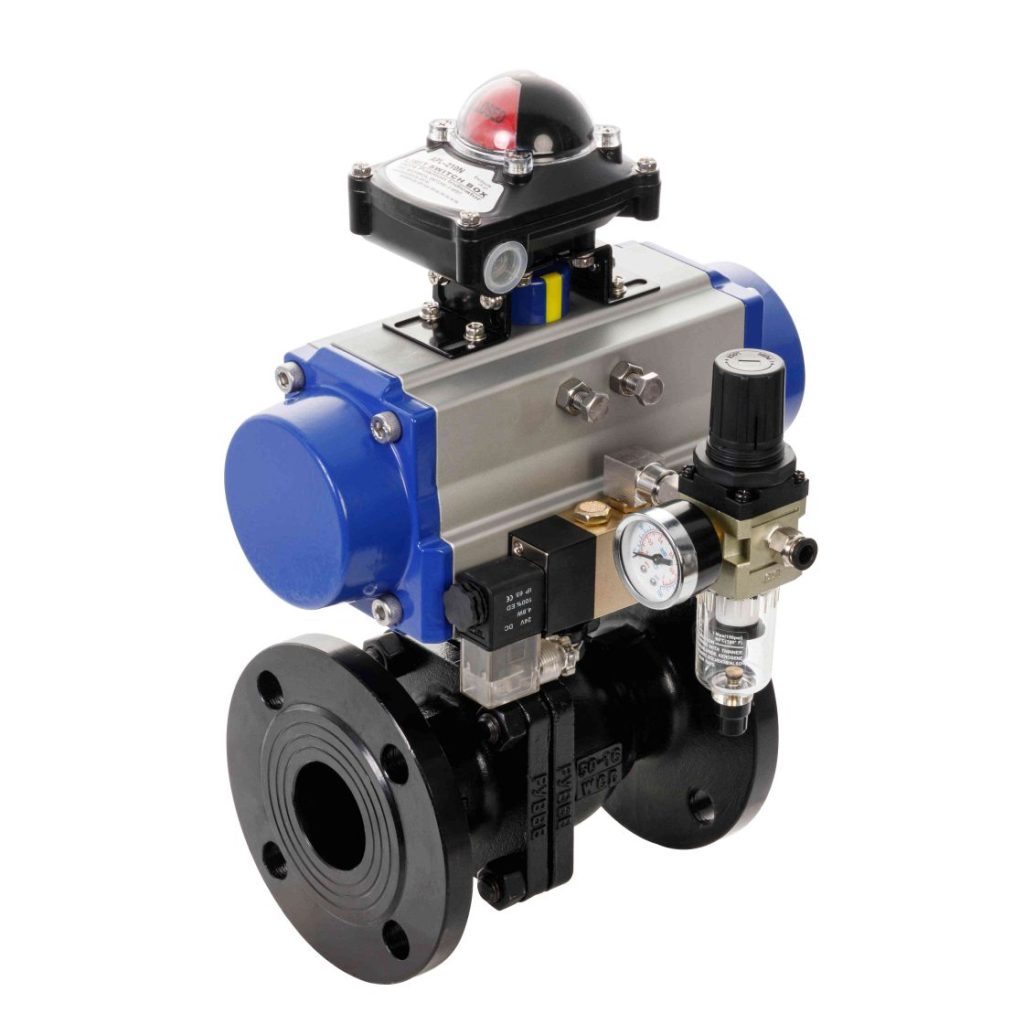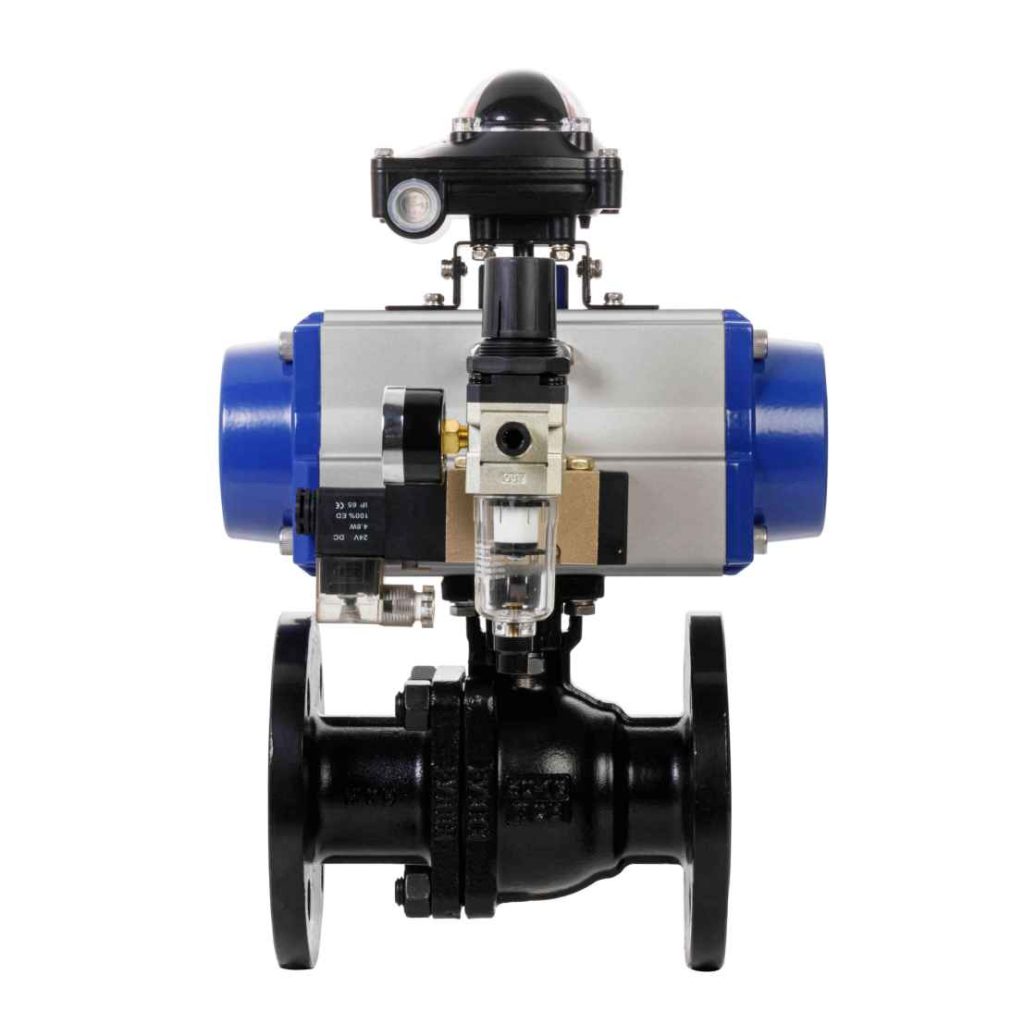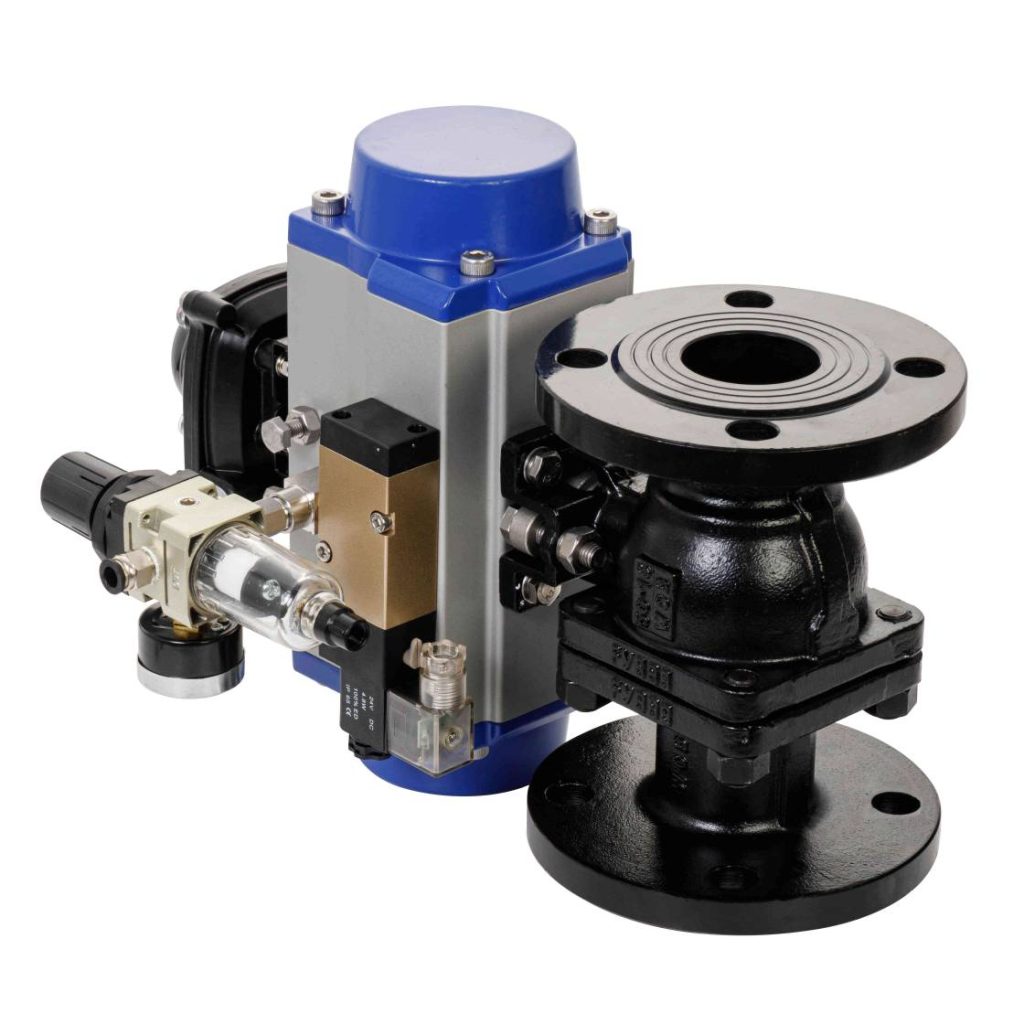In modern industrial systems, controlling the flow of liquids and gases is a critical function, and the equipment used for this purpose must offer both reliability and efficiency. One of the most widely used types of flow control devices is the ball valve, and when combined with pneumatic actuators, the result is a robust and versatile valve solution. The Stainless Steel Pneumatic Ball Valve is one such innovative product that provides reliable performance in a variety of applications, including oil and gas, chemical processing, food and beverage, and water treatment industries. In this article, we will explore the key features, benefits, applications, and maintenance considerations of stainless steel pneumatic ball valves.

What is a Stainless Steel Pneumatic Ball Valve?

A Stainless Steel Pneumatic Ball Valve is a type of valve that uses a spherical ball to control the flow of fluids or gases through a pipeline. The ball has a hole or port through the center, and by rotating the ball 90 degrees, the valve either opens or closes, allowing or stopping the flow. The “pneumatic” aspect refers to the use of compressed air to actuate the valve’s movement. This allows for remote or automated operation, which is highly beneficial in situations where manual control is impractical or inefficient. The body of the valve is made of stainless steel, a material known for its durability, corrosion resistance, and ability to withstand extreme conditions. Stainless steel also ensures the valve maintains its performance over a longer lifespan, even in harsh environments.

Leave a Reply